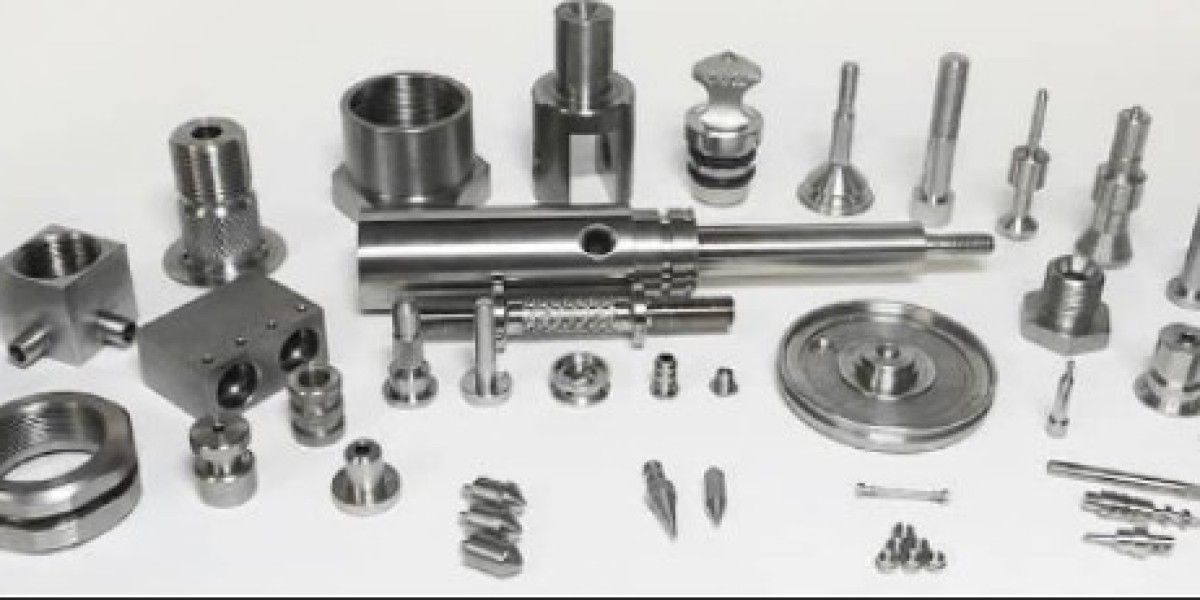In today's fast-paced world, the significance of a comfortable work environment cannot be overstated. Environmental comfort tools play a pivotal role in enhancing employee productivity, well-being, and overall job satisfaction. This blog post delves into the importance of these tools and how they contribute to a thriving workplace.

Enhancing Employee Productivity
One of the primary benefits of environmental comfort tools is their ability to boost employee productivity. When workers are comfortable, they can focus better and work more efficiently. For instance, ergonomic chairs and adjustable desks help reduce physical strain, allowing employees to maintain better posture and avoid fatigue. Similarly, proper lighting can reduce eye strain and headaches, leading to increased concentration and output.
Promoting Health and Well-being
The importance of environmental comfort tools in the workplace extends beyond productivity; they also play a crucial role in promoting health and well-being. Tools such as air purifiers and climate control systems ensure that the air quality is optimal, reducing the risk of respiratory issues. Additionally, incorporating plants into the office environment can improve air quality and create a calming atmosphere, which can reduce stress levels among employees.
Fostering Job Satisfaction
Job satisfaction is closely linked to the comfort of the work environment. When employees feel that their needs are being met, they are more likely to be satisfied with their jobs. Environmental comfort tools, such as noise-canceling headphones and soundproofing materials, can help create a quieter and more focused work environment. This, in turn, can lead to higher levels of job satisfaction and lower turnover rates.
Creating a Positive Workplace Culture
A comfortable work environment contributes to a positive workplace culture. When employees feel valued and cared for, they are more likely to engage with their work and collaborate effectively with their colleagues. Environmental comfort tools, such as communal break areas with comfortable seating and recreational facilities, can encourage social interaction and team bonding. This fosters a sense of community and belonging, which is essential for a positive workplace culture.
Examples of Environmental Comfort Tools
There are numerous examples of environmental comfort tools that can be implemented in the workplace. Some of these include:
- Ergonomic Furniture: Chairs, desks, and accessories designed to support proper posture and reduce physical strain.
- Climate Control Systems: Heating, ventilation, and air conditioning (HVAC) systems that maintain optimal temperature and air quality.
- Lighting Solutions: Adjustable lighting that reduces glare and eye strain, including natural light sources.
- Acoustic Solutions: Noise-canceling headphones, soundproofing materials, and white noise machines to create a quieter work environment.
- Biophilic Design Elements: Incorporating natural elements, such as plants and water features, to create a calming and aesthetically pleasing environment.
Conclusion
The importance of environmental comfort tools in the workplace cannot be underestimated. These tools not only enhance productivity and promote health and well-being but also foster job satisfaction and create a positive workplace culture. By investing in environmental comfort tools, employers can create a more comfortable and conducive work environment, ultimately leading to a more engaged and motivated workforce.
In conclusion, the significance of environmental comfort tools in the workplace is evident. By prioritizing the comfort and well-being of employees, organizations can reap the benefits of a more productive, satisfied, and cohesive workforce. As we move forward, it is essential for employers to recognize the value of these tools and implement them effectively to create a thriving workplace environment.








